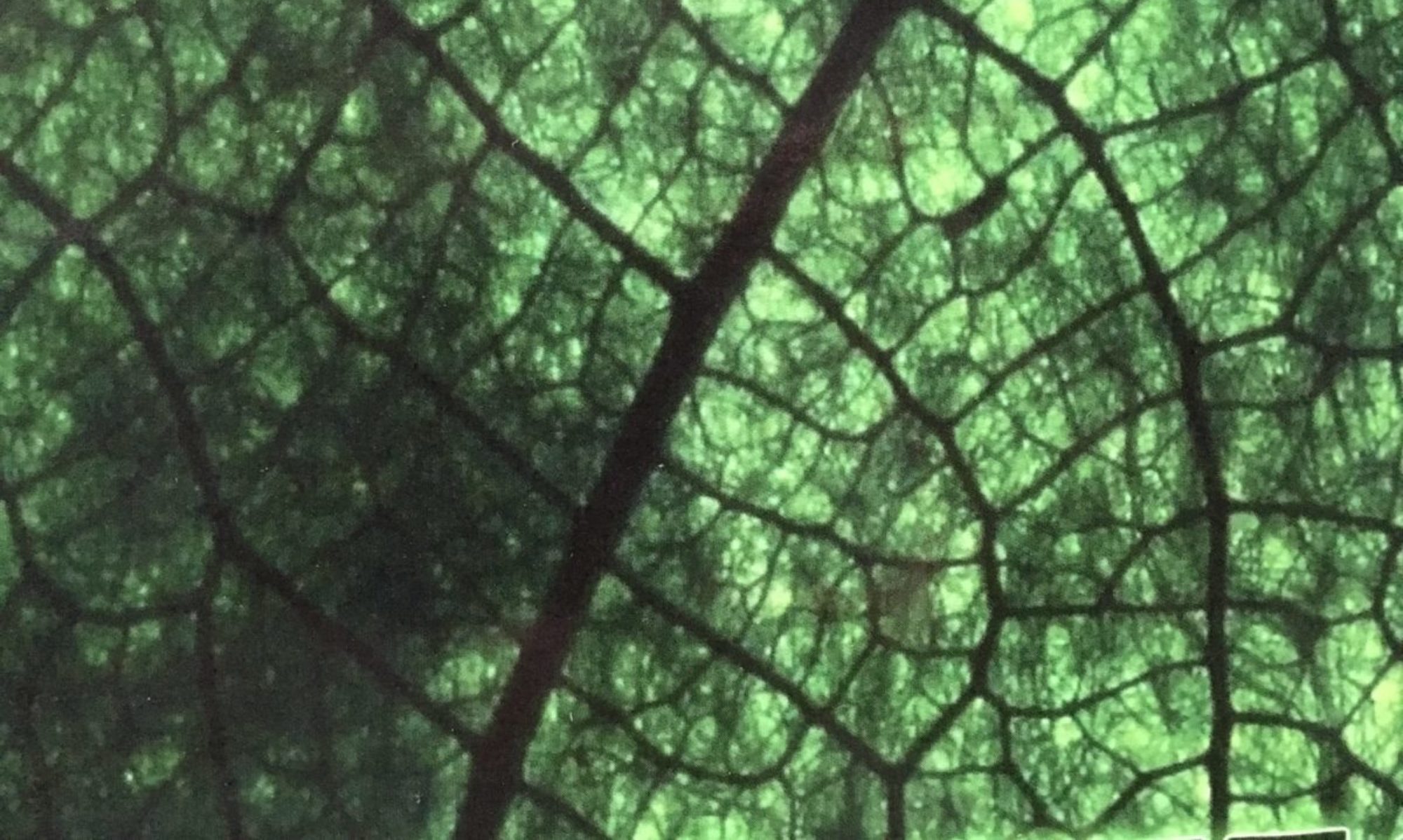Just came across a really interesting article in The New Yorker: Africa’s Cold Rush and the Promise of refrigeration.
I hope you are able to access the whole article, but here are a few snippets that particularly grabbed me:
• “The International Institute of Refrigeration estimates that, globally, 1.6 billion tons of food are wasted every year, and that thirty per cent of this could be saved by refrigeration—a lost harvest of sufficient abundance to feed nine hundred and fifty million people annually. In a country like Rwanda, where fewer than one in five infants and toddlers eat what the World Health Organization classifies as the minimum acceptable diet, such wastage is a matter of life and death.” (And the whole first part of the article gives a detailed portrait of what everyday life involves for small-scale farmers and fishers who eke out a livelihood in the food-supply chain that has essentially no refrigeration.)
• “In Kigali, I met the world’s first professor of cold economy, Toby Peters, from the University of Birmingham, who has spent much of the past three years working to launch aces. When I told him about my journeys alongside Rwanda’s slowly broiling milk, fish, meat, and vegetables, he defined the problem in systemic terms. ‘There is no cold chain in Rwanda,’ he said. ‘It just doesn’t exist.”
• “In the developed world, the domestic refrigerator is only the final link in the ‘cold chain’ — a series of thermally controlled spaces through which your food moves from farm to table. The cold chain is the invisible backbone of our food system, a perpetual mechanical winter that we have built for our food to live in. Artificial refrigeration was introduced in the United States in the second half of the nineteenth century, but the term ‘cold chain’ gained currency only in the late nineteen-forties, when European bureaucrats rebuilding a continent shattered by war studied and copied American methods.”
• “Cold chains present a double bind; both their absence and their presence have huge ecological costs. The U.N. Food and Agriculture Organization estimates that if global food waste were a country its greenhouse-gas emissions would be the third largest in the world, right behind China and the U.S. On the other hand, the chemical refrigerants and the fossil-fuel energy used to produce cooling already account for more than seven per cent of global emissions — just one per cent less than food loss. As countries like Rwanda refrigerate, those emissions are increasing rapidly. Toby Peters, the aces co-founder, has done the calculations and arrived at a terrifying conclusion: if every country were to have a cold chain similar to the ones the developed world relies on, these emissions would increase fivefold. Seen from that perspective, helping Rwanda develop an energy-efficient cold chain looks less like altruistic development aid and more like enlightened self-interest.”
• “In development literature, much has been made of Africa’s ability to ‘leapfrog’ richer countries. In Rwanda, a country in which a national network of telephone cables was never laid, cell phones became central to daily life far more quickly than in the U.S. The same is true for mobile banking and electronic payments. The hope, then, is that Rwanda and its neighbors can do something similar with refrigeration, bypassing inefficient and polluting technologies in favor of more sustainable solutions and leading the way for supposedly developed countries.”
• “Not only is the way food is refrigerated in the developed world not sustainable; the resulting supply chain isn’t even particularly resilient, as the sight of empty supermarket shelves during the past couple of years has revealed. Meanwhile, the food losses that plague the developing world occur at almost the same rate in the developed world. In the United States, where maintaining the cold chain is the domain of private enterprise, between thirty and forty per cent of the country’s food supply goes to waste in supermarkets, at restaurants, and at home. Leapfrogging in refrigeration will require more than adopting new technology; the cold chain needs to be reinvented from the ground up.”
• “Meanwhile, in Rwanda, as Alice Mukamugema, an analyst at the country’s Ministry of Agriculture, pointed out to me, consumers believe that refrigerated food isn’t fresh. (Americans in the early twentieth century expressed similar fears.) ‘Traders who sell the rejects from the National Agricultural Export Development Board packhouse on the local market even have to put them in the sun for a while, so that they don’t feel cold,’ she said.”
